Strategic partner: Rolls-Royce
Reaching for the skies
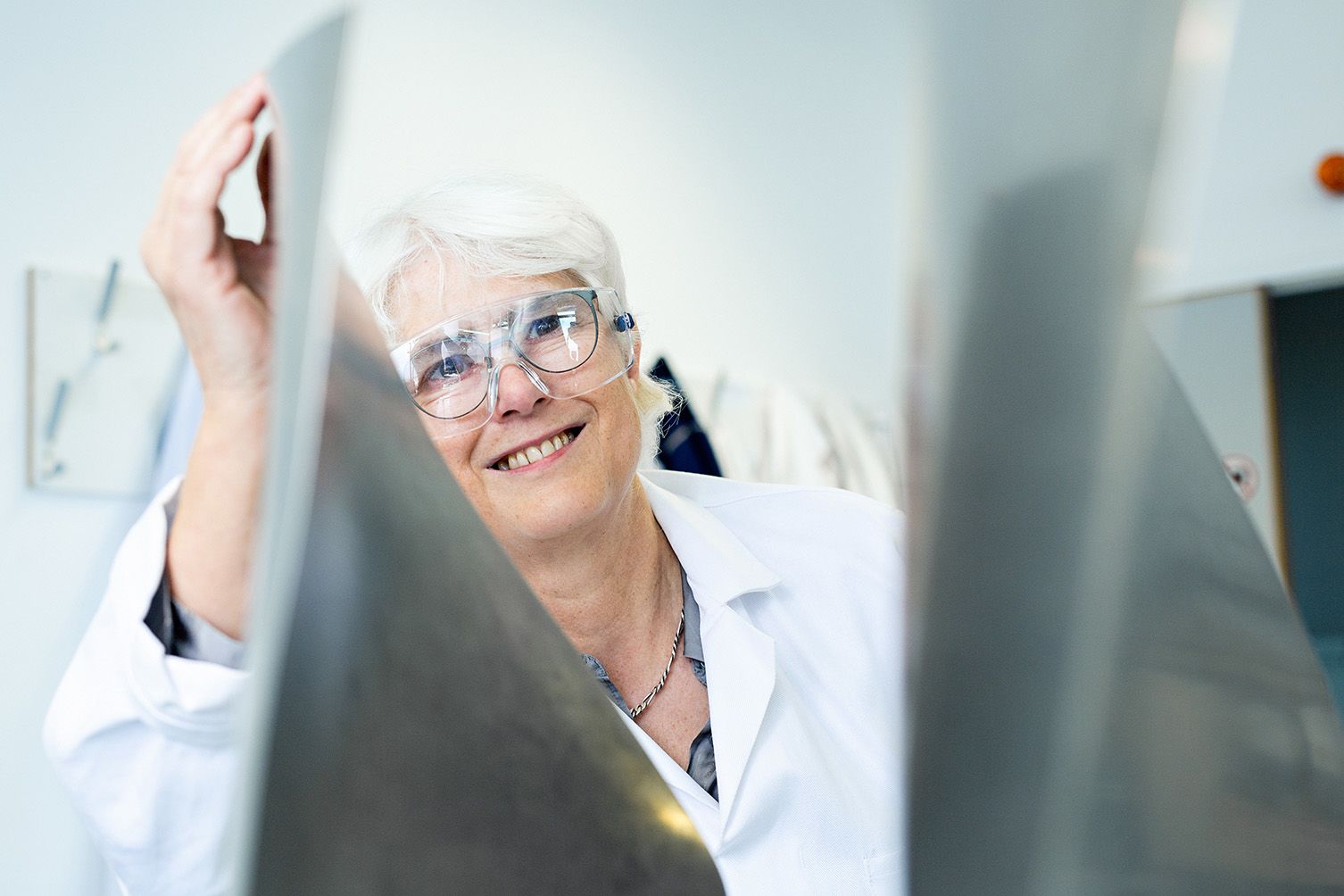
Getting planes in the air – and keeping them there – is a complex and expensive business. It is also responsible for more than two per cent of the world’s fossil fuel-based CO2 emissions. For world-leading aeroengine manufacturer, Rolls-Royce, reducing those emissions by making its planes more efficient is, therefore, a critical task.
Much has already been accomplished but there is more to be done. Year on year, Rolls-Royce continues to push the design of its engines and the materials they are made from to the limits of possibility.
Cambridge has been playing an important part in this process for more than 40 years. From the moment the Whittle Laboratory first opened its doors – and its testing rigs – in 1973, it became an invaluable research partner for Rolls-Royce, embarking on a shared quest to improve the efficiency of turbomachinery.
Rolls-Royce was quick to see the advantages of this way of working, and the relationship between it and the Whittle team helped to define a model for the University Technology Centre (UTC) network that Rolls-Royce went on to establish in the 1990s.
This network now consists of approximately 30 UTCs based at some of the world’s leading universities, giving Rolls-Royce access to new thinking, state-of-the-art laboratory equipment and, critically, to a steady supply of young engineering talent.
CAMBRIDGE AND ROLLS-ROYCE
Working together for more than 40 years
2 University Technology Centres
Partners in the EPSRC Centre for Doctoral Training in Future Propulsion and Power
Supporting 50+ Cambridge PhD students
Today, Cambridge is one of only a handful of Rolls-Royce’s partner universities to have two UTCs: the University Gas Turbine Partnership based at the Whittle and Hopkinson Laboratories and the Materials UTC based at the Department of Materials Science and Metallurgy. In 2009 the relationship with the Materials Department was further cemented when it became the lead partner in the Rolls-Royce University Technology Partnership (UTP) in materials research, combining its expertise with that of the Universities of Swansea and Birmingham.
In addition to the academics and researchers, Rolls-Royce provides varying degrees of support for more than 50 Cambridge PhD students at any one time.
The UTC model, in essence, means that we can create a core of activity around a particular specialism and by sharing knowledge and expertise with a trusted partner, together we are able to achieve considerably more than the sum of our parts.”
The Whittle Laboratory: efficiency by design
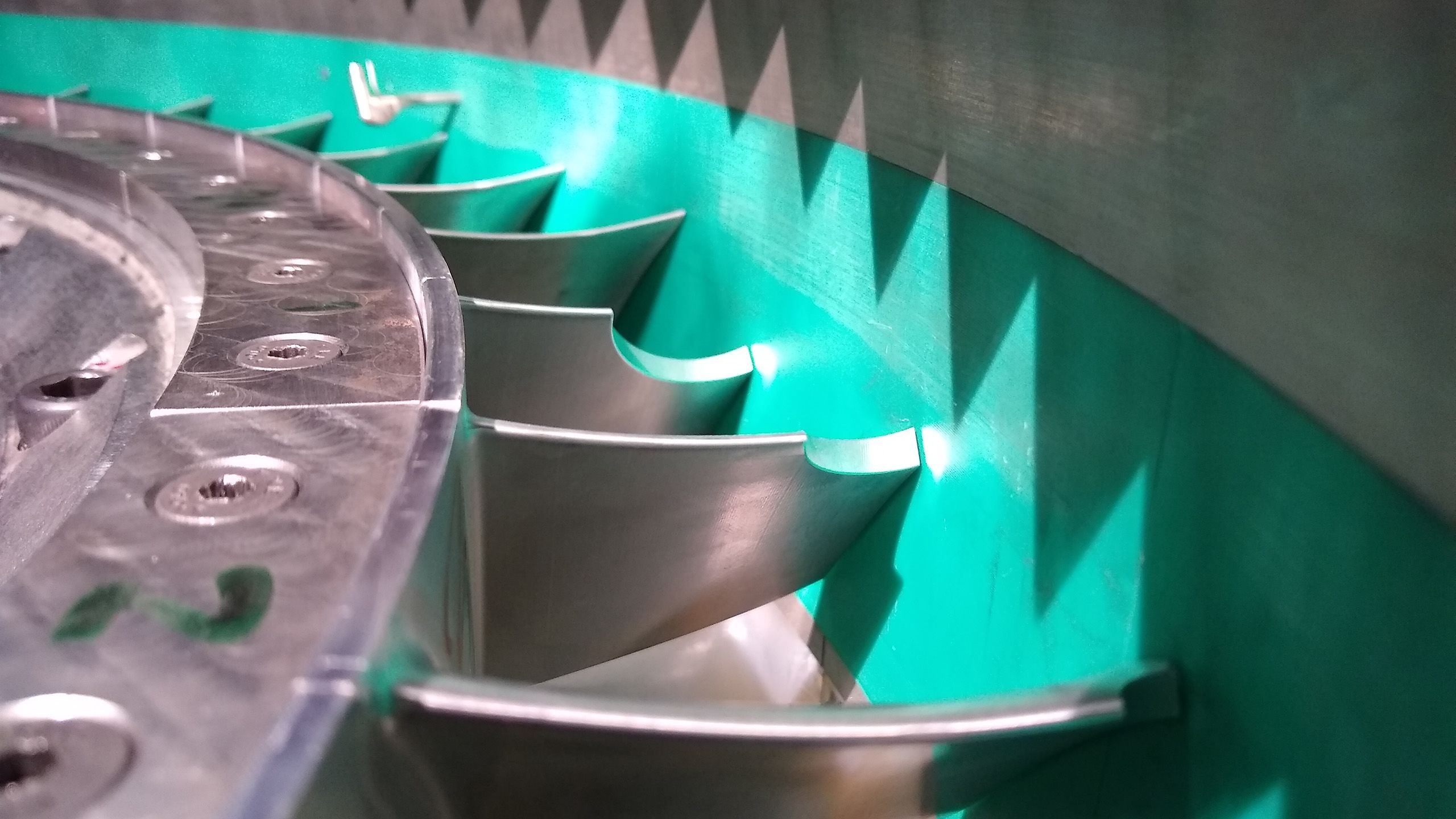
Over the years, the Whittle Lab has contributed to many breakthroughs in Rolls-Royce engines, such as switching from a 'two-dimensional' (2D) to a 3D compressor blade. Now the industry standard, the design reduces fuel consumption by nearly 1%. Although this may sound like a small gain in efficiency, it is anything but.
For each aircraft, that could equate to a reduction in CO2 emissions of up to 765 tonnes per aircraft per year and a saving of up to $240,000 a year in fuel costs. Director of the Whittle, Professor Rob Miller together with Dr James Taylor, Rolls-Royce Fellow in Compressor Aerodynamics, is currently taking this work forward to develop the next generation of 3D blade designs.
Solving an engineering problem with AI
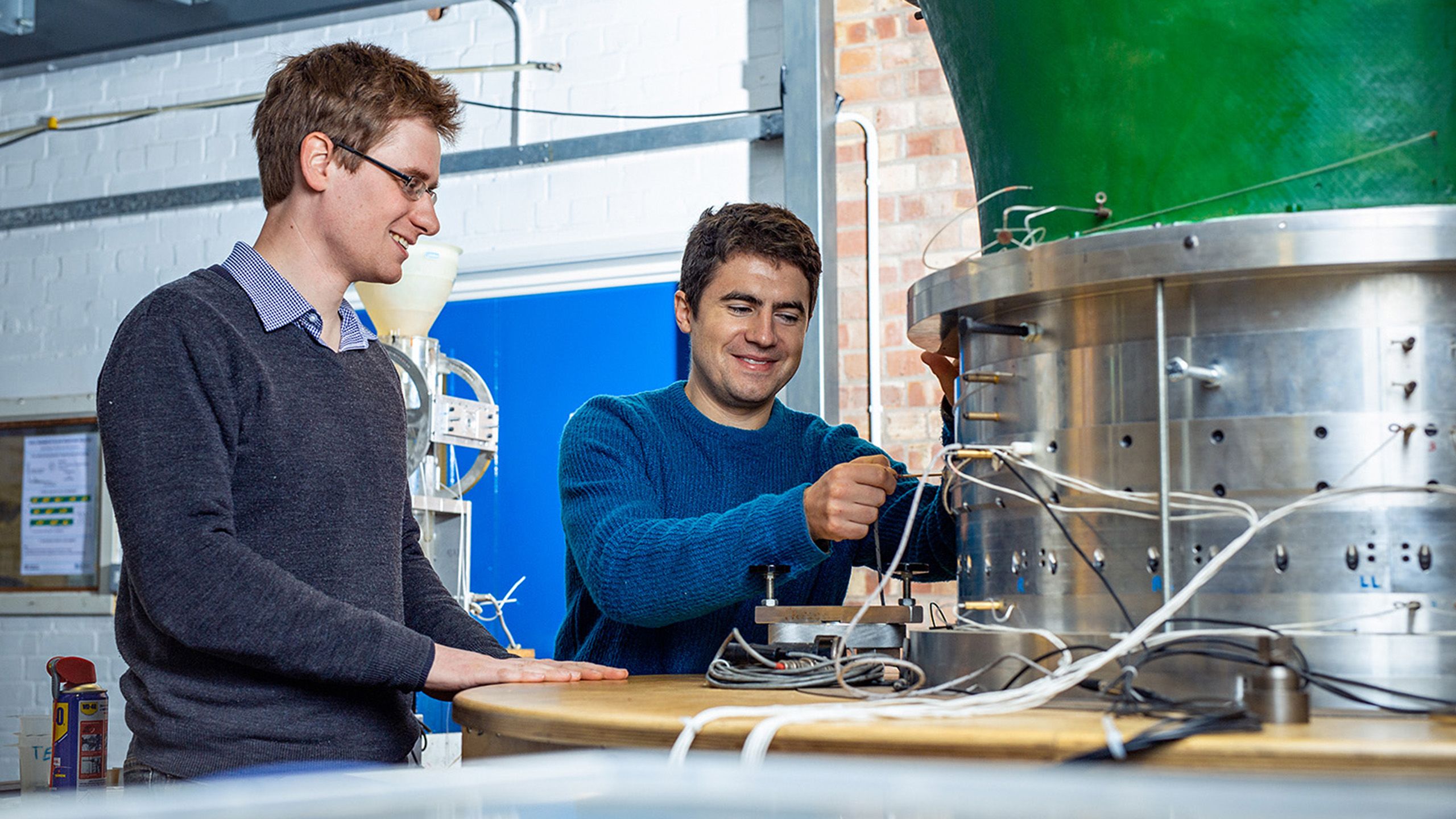
If a bird or other object strays into an aeroengine, it’s definitely bad news for the bird and potentially bad news for the engine’s compressor blades.
Engineers must decide if the damage is serious enough to warrant taking the engine off the wing to repair it. If it is, it will cost Rolls-Royce a huge amount of money and is therefore not a decision to be taken lightly.
The preferred option is to use a grinding tool on the blades in situ to remove any small cracks and prevent them from spreading. But any changes, however small, to the shape of the blades will affect the performance of the engine.
This poses a tricky question for the Rolls-Royce engineers: how much damage to how many blades and in what pattern can be sustained before performance is compromised? Enter Taylor and Bryce Conduit, AI/Horizon Scanning Lead in Rolls-Royce’s Central Technologies Group (with a PhD from Cambridge in Materials Science) who worked together on a novel approach to understanding this problem using machine learning, something the team thinks has not been done before.
Under normal circumstances, machine learning needs thousands of bits of data on which to train. However, a single compressor test normally takes around six months to complete. At that rate of progress, it would simply not be possible to generate the quantity of data needed.
The Whittle solved this conundrum by developing a rapid test capability in which a compressor rig can be stripped, rebuilt and tested in just 15 minutes – a staggering 1,000 times quicker than was previously possible. Using this high-speed capability, Taylor and Conduit were able to test 125 different compressors.
Although this represented a huge step forward, it was still not giving them the quantity of data they needed for the machine learning system they had in mind. Their response was to combine the test results with ‘expert elicitation’. In other words, they interviewed compressor specialists at Rolls-Royce and the Whittle Lab and fed their human wisdom into the model. The combination of rapid testing and expert knowledge resulted in a machine learning model which can predict how damage will affect the operation of a compressor to an accuracy of 98%.
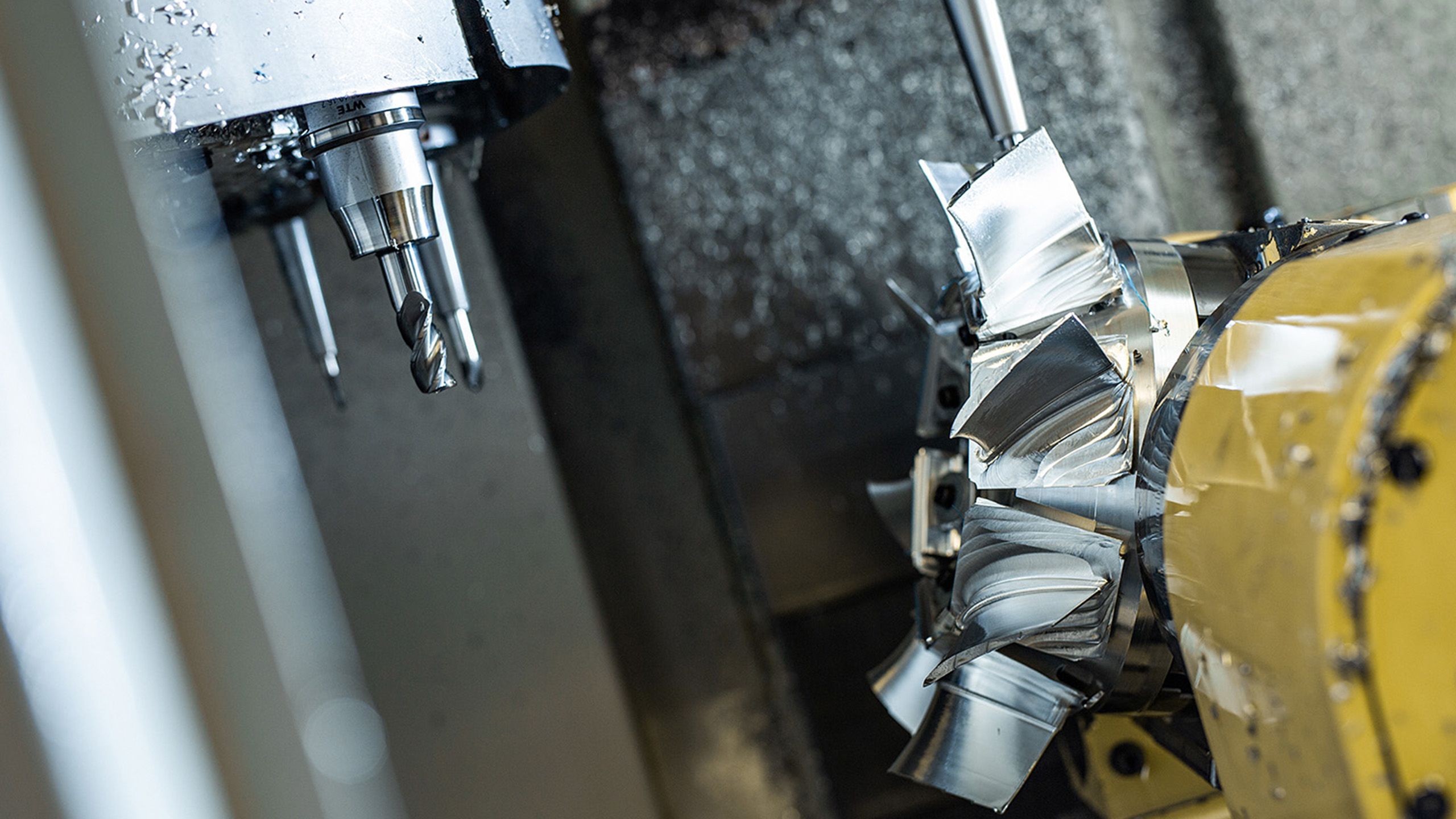
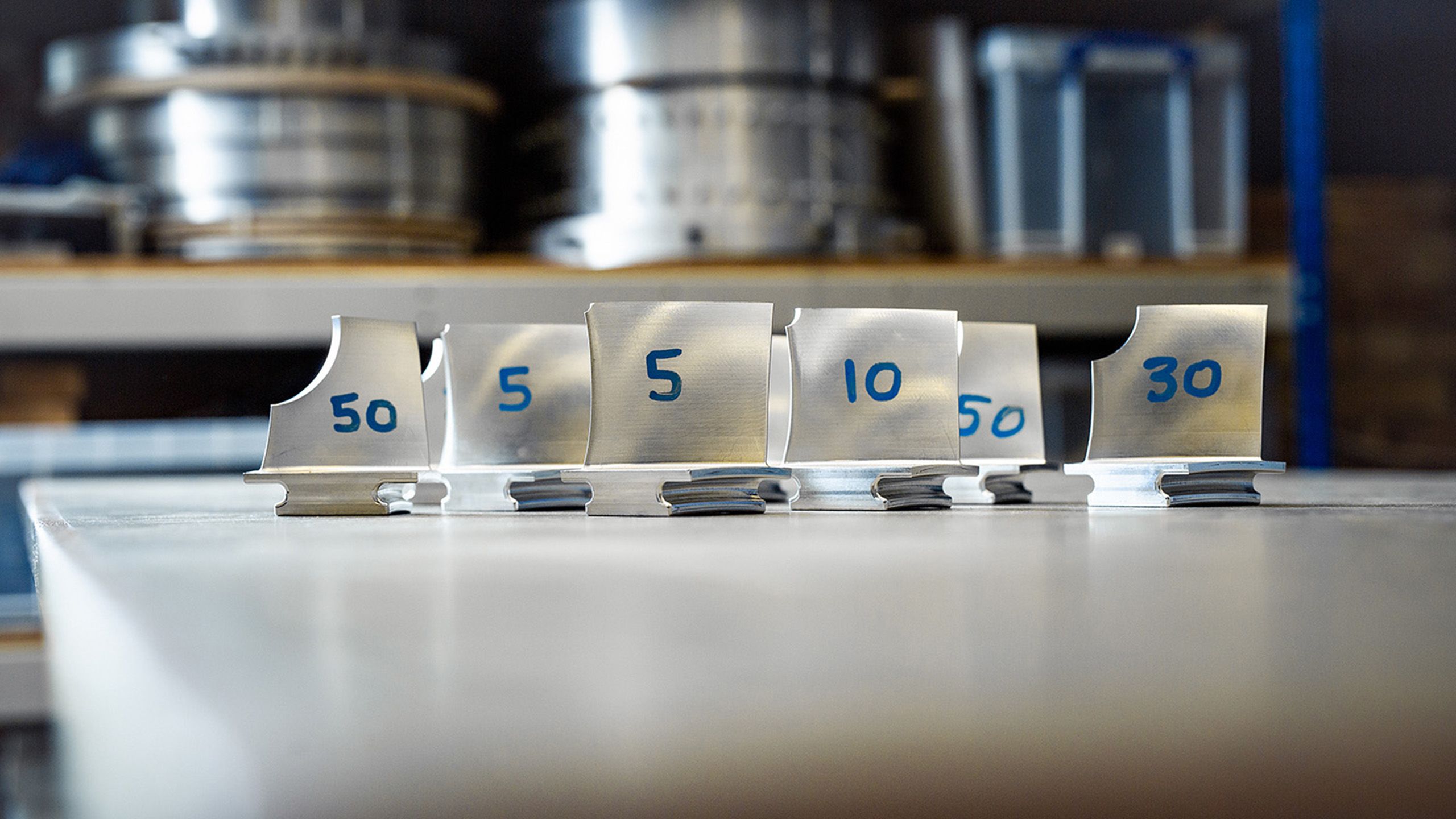
It is impossible to overstate the importance of this piece of work. With AI and rapid prototyping, Rolls-Royce and the Whittle are poised to embark on a new journey to transform the performance of turbomachinery. This is not a small step forward. It frees the engineers to take really radical steps to optimise engine design and maintenance.
Why the model works
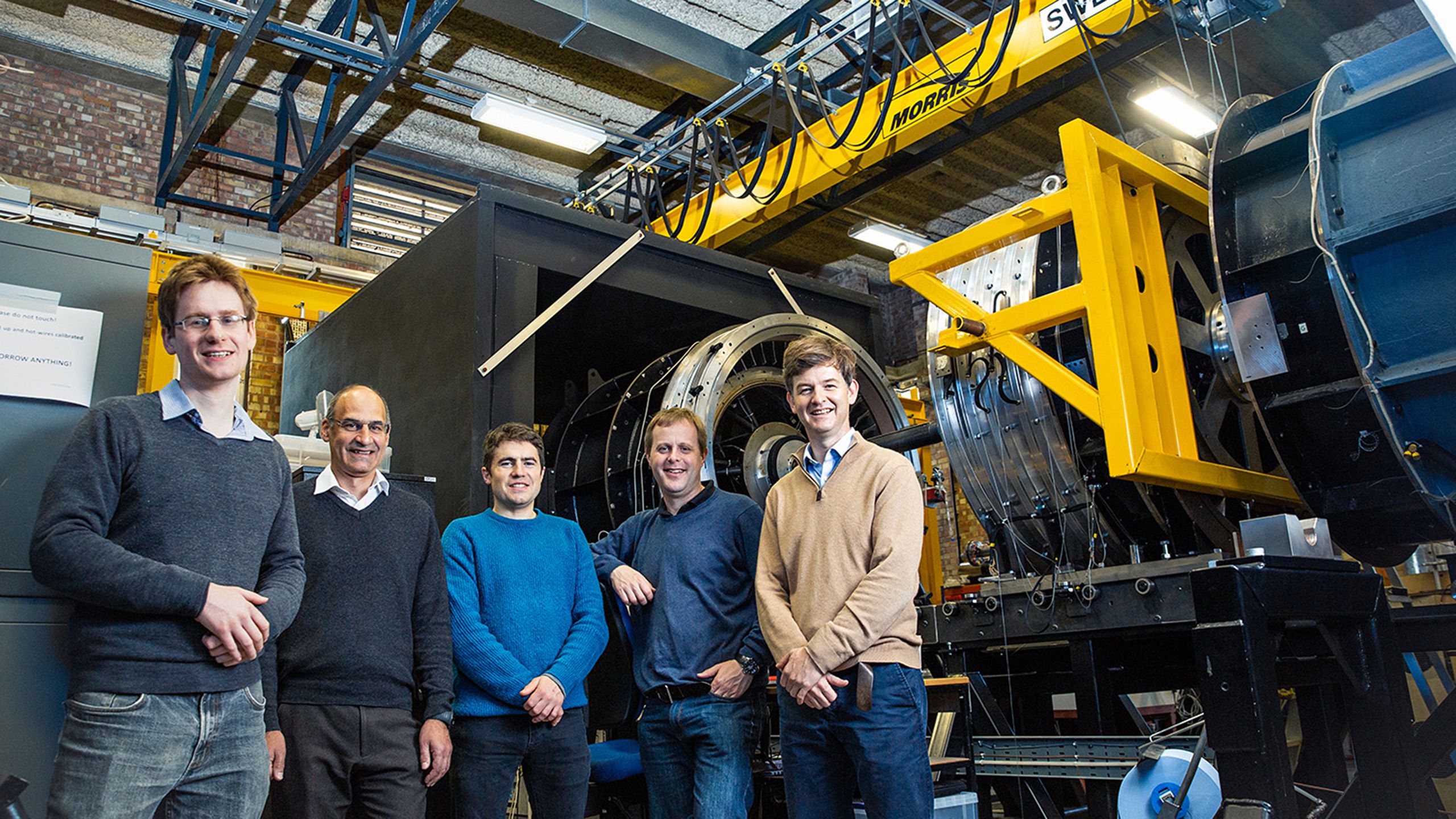
What is it about the UTC model that makes these kinds of game-changing advances possible? For Rolls-Royce's Malcolm Hillel it's the ability to look beyond the immediate pressures faced by all organisations and come up with completely new ways of doing things.
“When you are worrying about the problems you are facing day to day as a business, researching the next generation of technology is not always a priority. Working with Cambridge helps us to think about how we can do things differently in the future. It works brilliantly.”
For Miller, the longevity of the relationship and having a framework in place for sharing IP are also critical factors in its success. “We’ve been working with Rolls-Royce for more than 50 years and that gives both parties a whole host of benefits. It means Rolls-Royce can be completely open with us about its strategy which, in turn, means that we are always ahead of the curve in researching the areas industry is most interested in. And that openness means technology transfer is just so much easier.”
Using the right materials
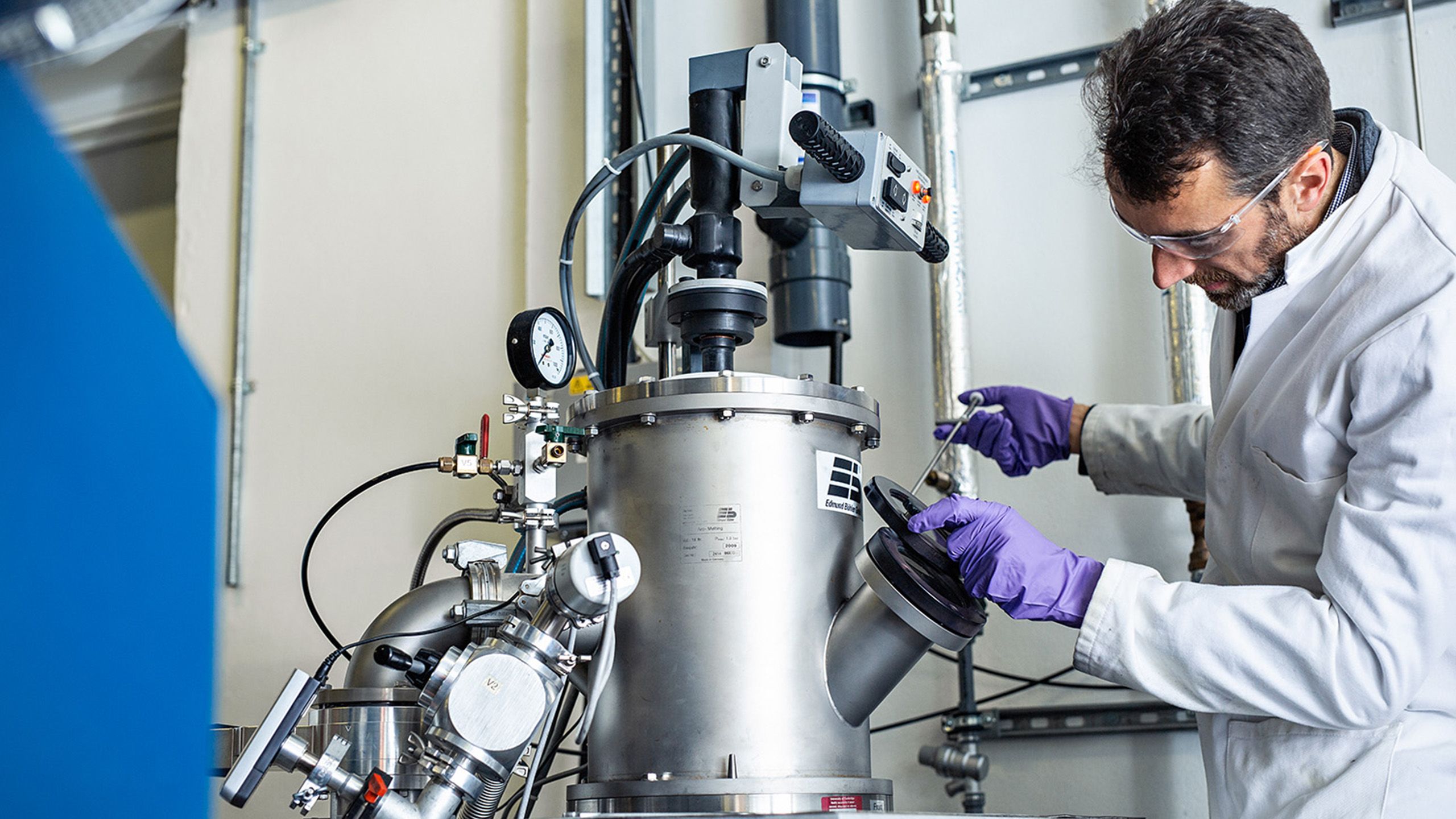
While the Whittle uses its expertise in aerodynamics to make aeroengines and gas turbines more efficient, the Department of Materials Science and Metallurgy considers the other side of the same problem: what these machines are made of.
Justin Burrows, Project Manager for University Research at Rolls-Royce and currently a Royal Society Industrial Fellow based at the University says: “Aeroengines give us an almost limitless challenge. You are spinning a turbine blade around at 13,000 rpm, it’s in a gas stream 200 degrees above the alloy's melting point and you are hanging a double-decker bus off the end of it.”
Developing a nickel-based superalloy for engine disks that are operating at these immense speeds, under vast amounts of stress at high temperatures has been the principal focus of the Materials UTC since its inception. Work to further extend the properties of the material continues today, with a patent in the works for a new alloy likely to be introduced into Rolls-Royce engines in about five years’ time.
At the same time, engine designs are changing, with fans getting bigger and the engine getting smaller. Ultimately, to maximise efficiencies, a gearbox will be needed which can withstand what Professor Cathie Rae, Professor of Superalloys at the Department of Materials Science and Metallurgy describes as “unprecedented pounding” so that the fan and the turbine can run at slightly different speeds. The Cambridge team is researching the materials and the resistance to wear needed to operate in those extreme conditions.
Rae, like Miller, thinks the benefits of the relationship are multifaceted: “Working with universities like Cambridge gives Rolls-Royce access to our academic staff, exposure to new ideas and access to more and better equipment and techniques than any in-house research centre can reasonably fund.”
But the relationship is very much a two-way street, giving Cambridge researchers extraordinary opportunities to address some of the world’s most complex technological challenges.
Atomic-level engineering is at the forefront of modern, greener jet engine design. Video (2015).
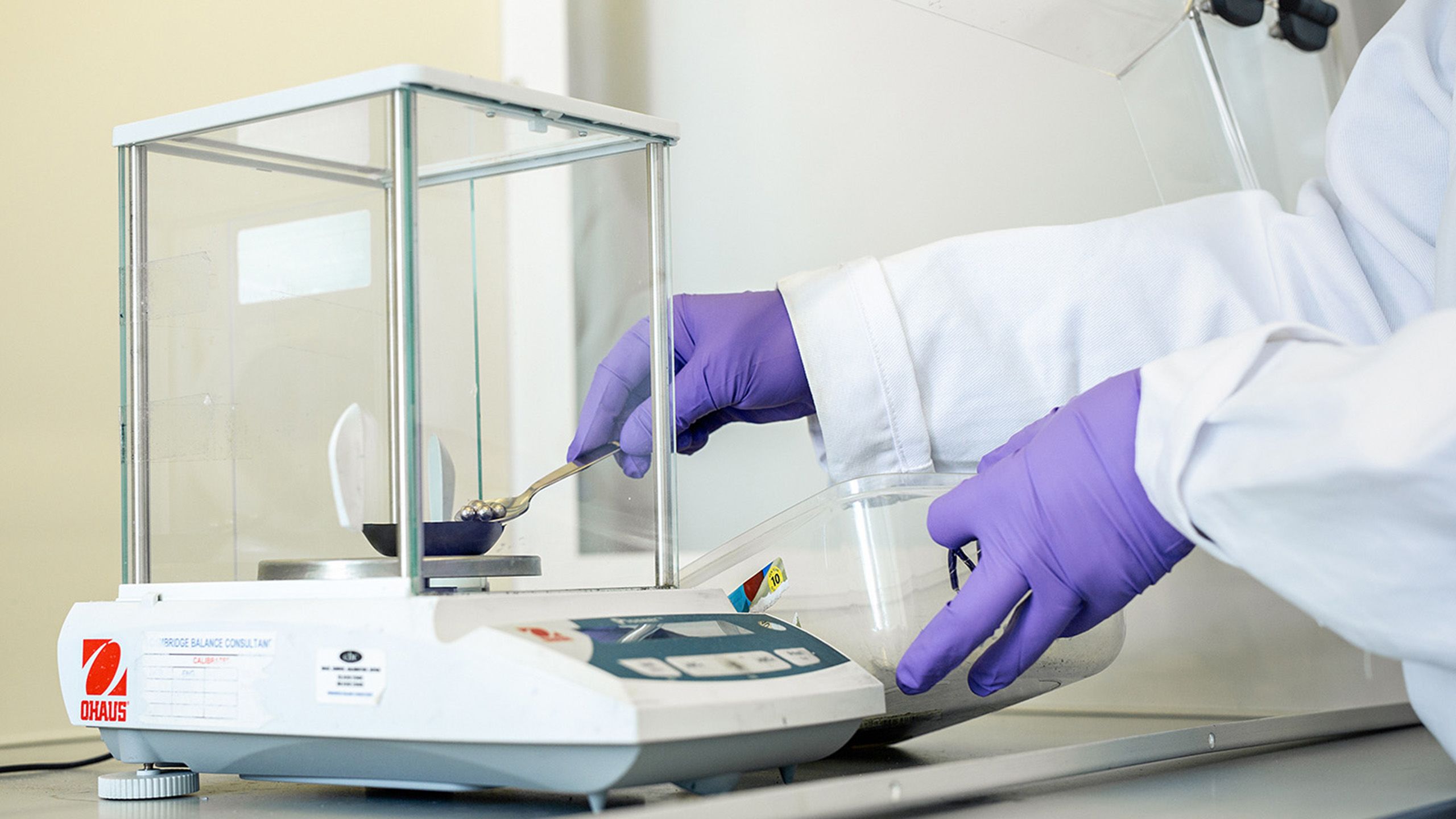
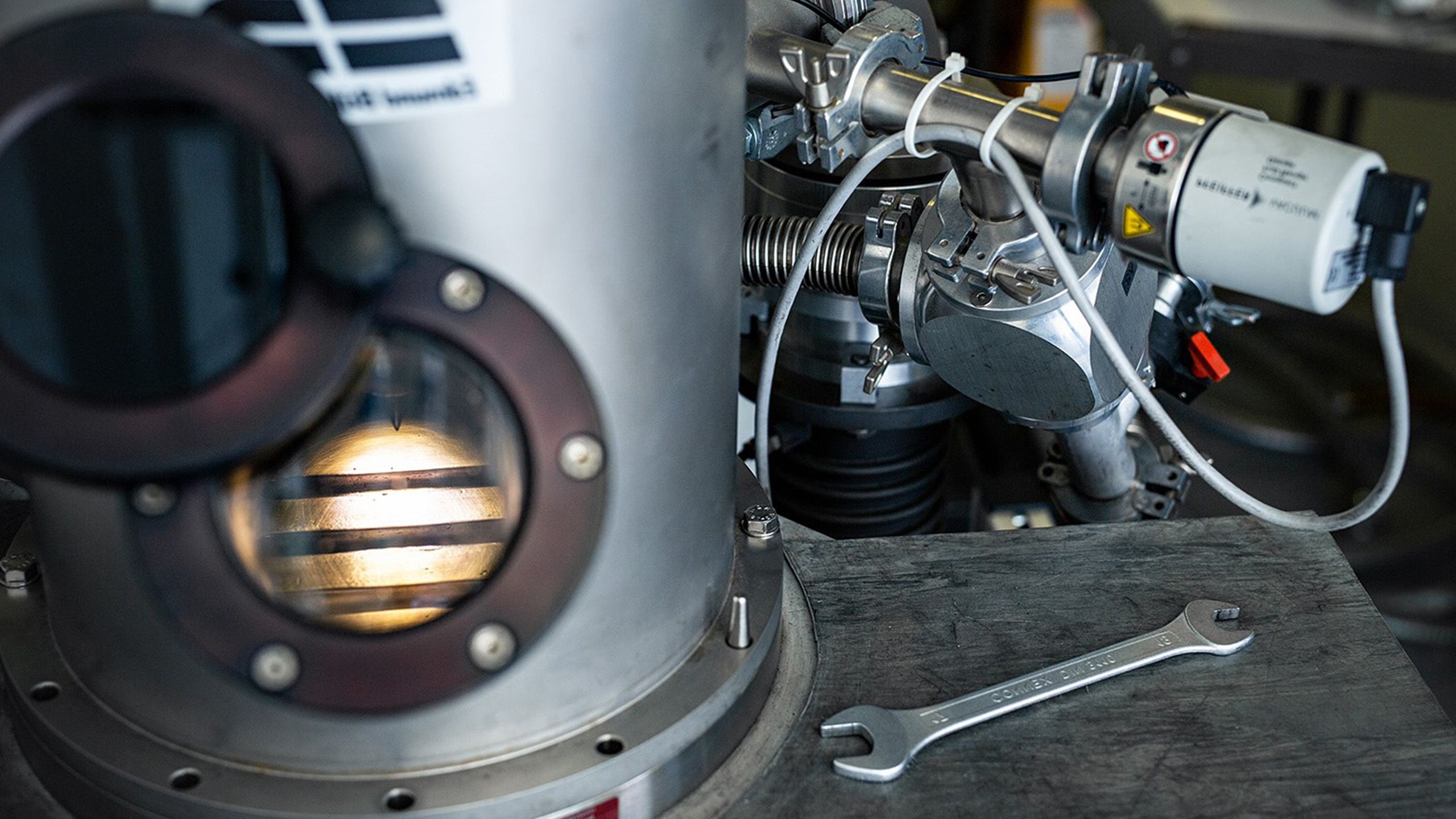
Working together
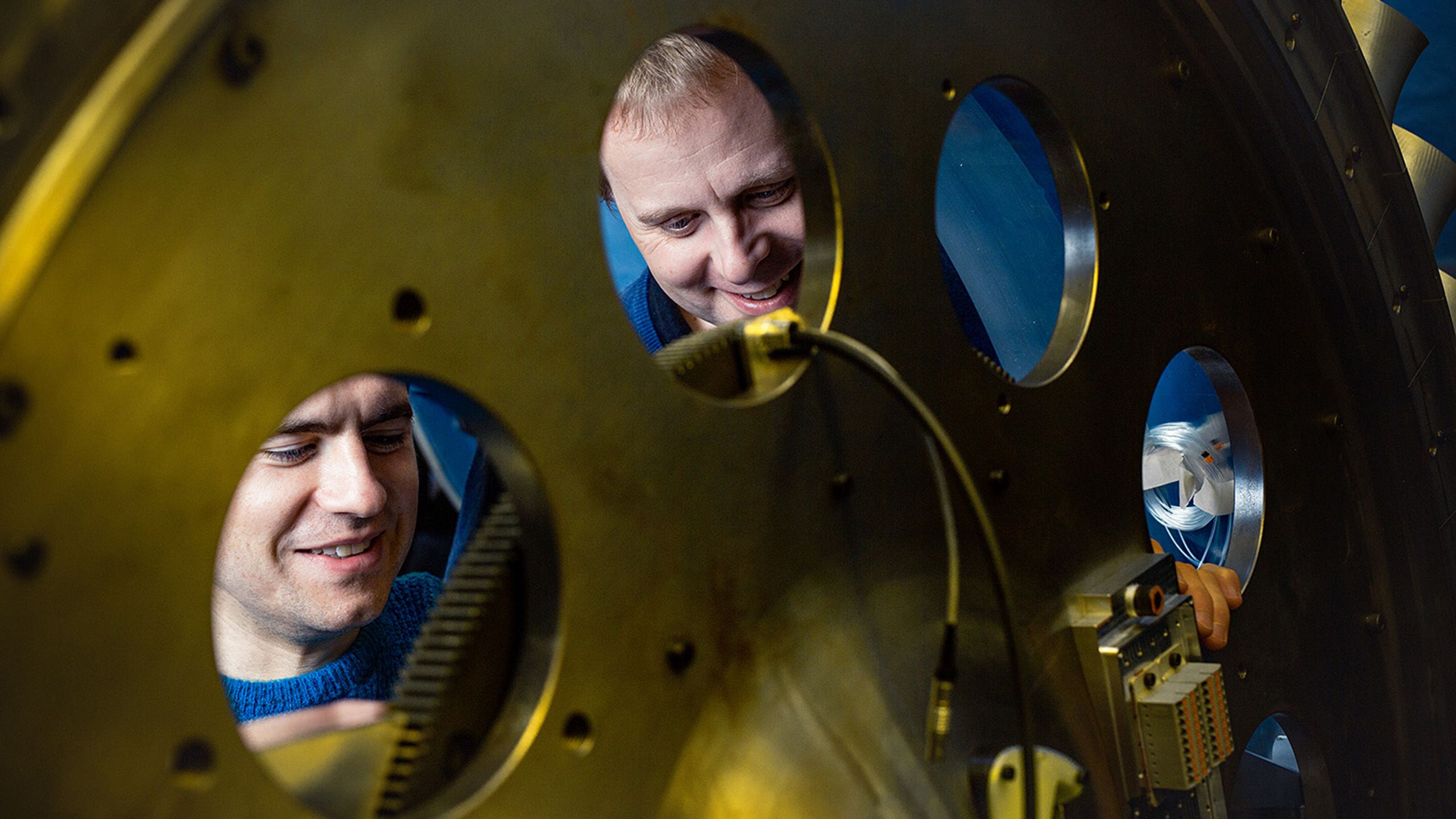
In the end, a successful partnership is all about the people. The UTC structure creates the conditions in which long-term, open working relationships between Cambridge researchers and Rolls-Royce engineers can flourish to achieve real technological breakthrough.
Miller points to the recruitment of both graduates and postgraduates as a critical factor in sustaining those relationships: “From Rolls-Royce’s perspective being able to recruit some of our most talented engineers is clearly an advantage. But it’s also an advantage for us to have generations of Cambridge-trained engineers at Rolls-Royce. It means we understand each other really well.”
Further reading: You might also be interested in Professor Rob Miller's recent article in Horizons magazine on 'Green-sky thinking for propulsion and power'.
To find out more about how the University of Cambridge can work with your organisation, visit: www.cam.ac.uk/business-and-enterprise
Or contact us at: business@admin.cam.ac.uk
Images
Damaged compressor blades in the rapid test rig. Credit: James Taylor
Installing a pressure transducer in the rig
Machining prototype compressor blades from aluminium alloy on the 5-axis mill
Damaged blades lined up and ready to test
Inside an arc melter where prototype alloys are first produced.
Weighing elemental metals to prepare the right mix for a new alloy.
All other credits: StillVision Photography
